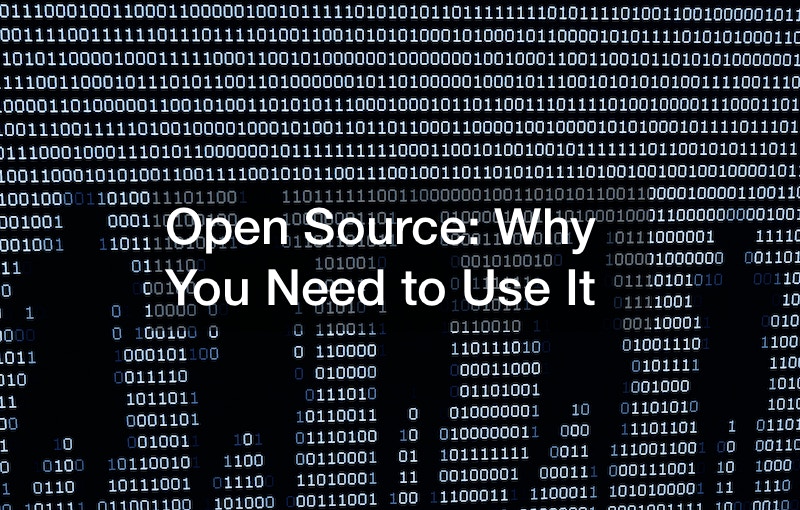Open source software transcends the notion of being merely “free”; it’s a gateway to unparalleled freedom for users and developers alike. The history of open source dates back to the early eighties but gained momentum in the nineties, notably with the rise of Linux, showcasing a fusion of proprietary and open source methodologies.
Collaboration at Its Core
Open source operates on collaboration platforms like GitHub, where repositories (repos) serve as hubs for sharing source code, reporting bugs, and suggesting improvements. The dynamic involves contributors proposing changes and committers, established members, and reviewing and merging these alterations. This collaborative framework ensures that even smaller projects adhere to formal processes, fostering a vibrant community.
The integration of proprietary and open source approaches, as exemplified by Red Hat and CentOS, creates a symbiotic relationship. Companies receive community support, and developers gain access to commercial-grade code and the freedom to extend it. Open source licenses, such as the GPL, underscore the core principles of freedom by guaranteeing rights to run, study, share, and modify the software.
For those looking to join the open source movement, the advice is simple: start as a contributor or bug reporter. As experience grows and contributions are accepted, individuals can progress towards becoming committers, actively shaping the open source landscape. Whether you are working on a personal project or contributing to large-scale initiatives like Clickhouse, the collaborative spirit remains the same.
Embrace Clickhouse as open source – not just as free software but as a community-driven paradigm fostering collaboration, innovation, and the freedom to shape the digital future.
.


